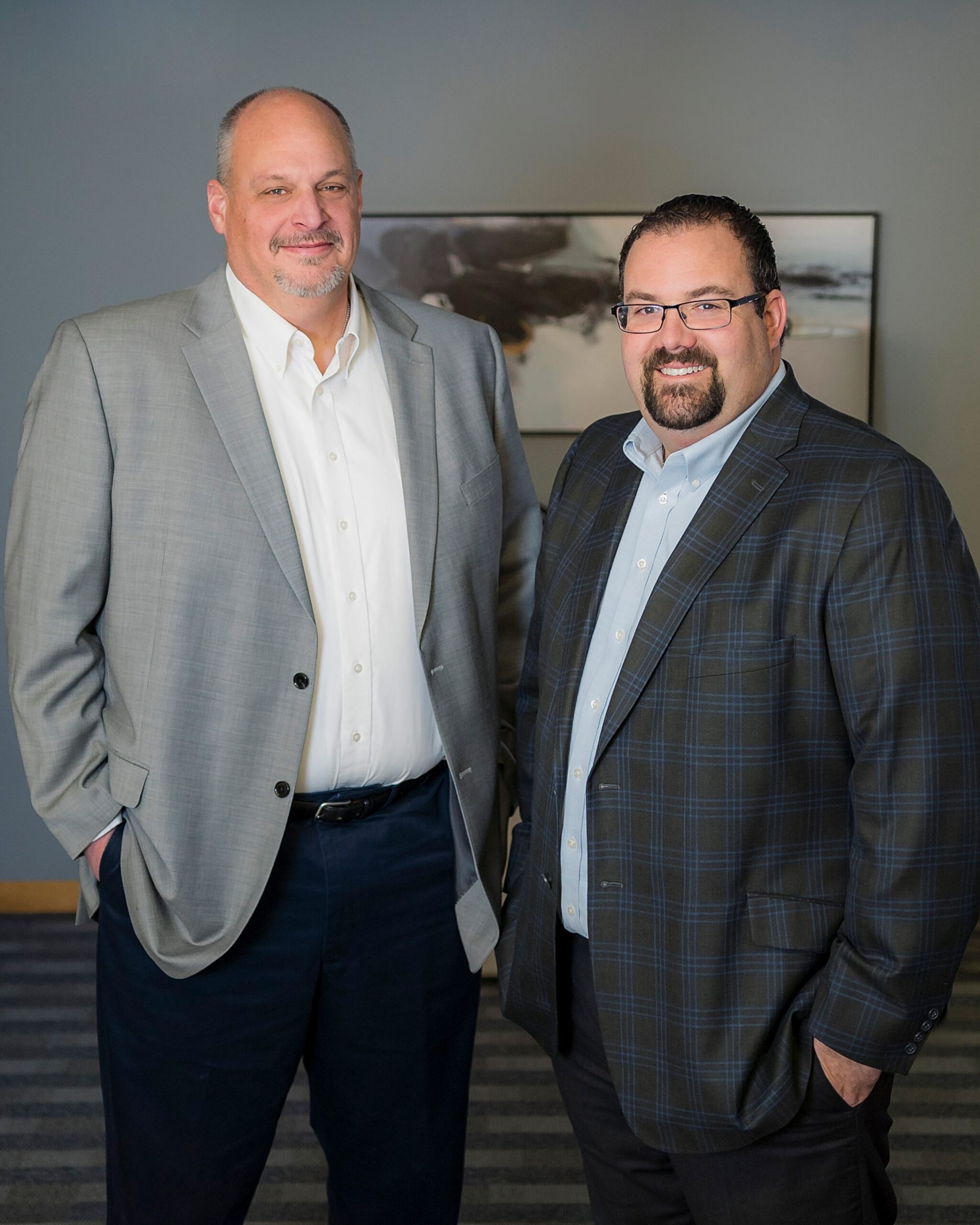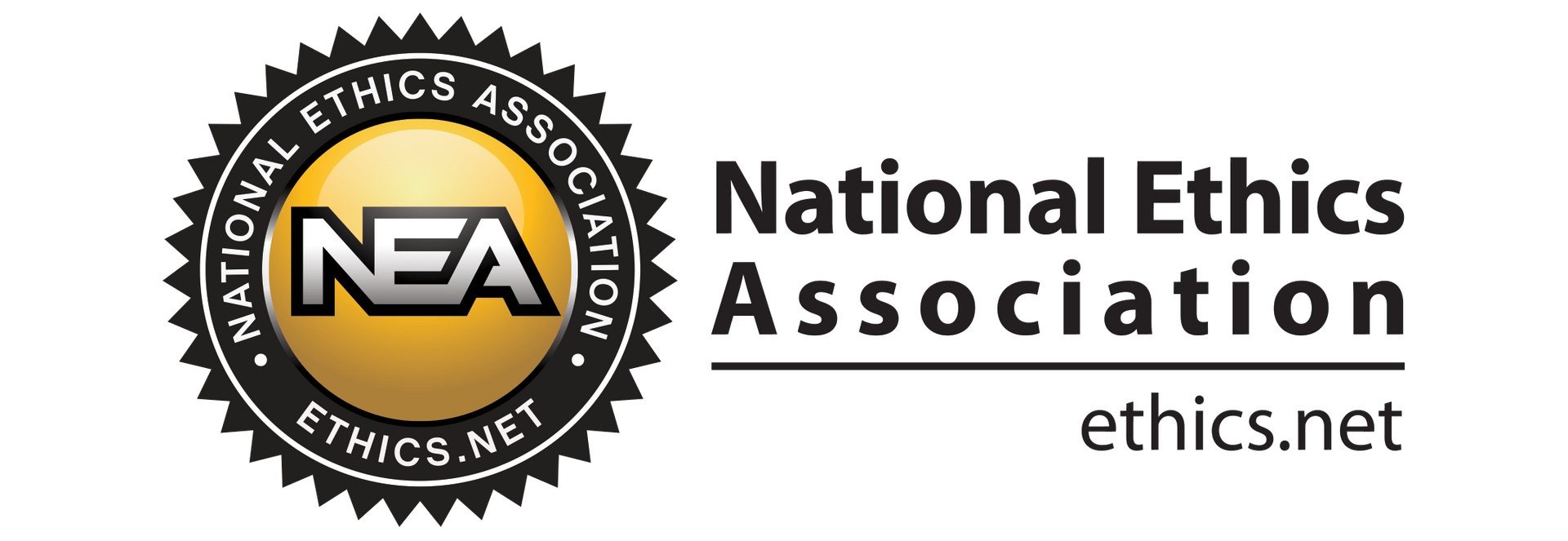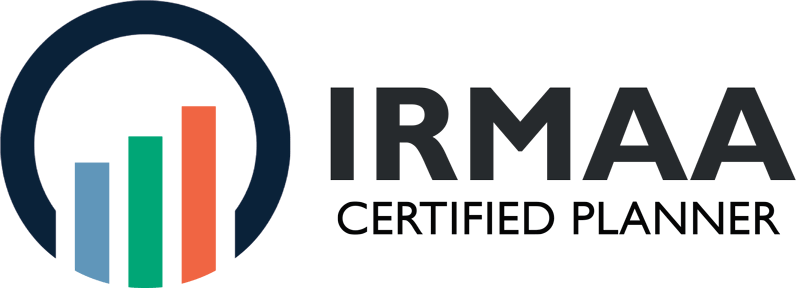Retirement Planning & Wealth Management Services
in Michigan, Ohio, and Massachusetts
Change in life is inevitable – your needs, priorities, and goals change throughout your life and your financial plan needs to be agile to adapt right alongside you. At Inspire Wealth, we use a dynamic approach to help manage the concerns of our clients. We go beyond wealth management. We help individuals and families plan, preserve, manage, and grow their wealth with our wealth management services.


Retirement Planning Services

Income Planning
Retirement planning to help ensure your expenses can be paid with predictability for the rest of your life.

Wealth Management
Once a plan for income is established, we create an investment plan for the remaining assets.

Tax Planning
When planning for retirement, ensuring you have a strategy for reducing tax liabilities is crucial.

Healthcare Planning
Healthcare costs are on the rise, and you need a plan to help you address costs with a minimum of expense.

Legacy & Estate Planning
Ensuring everything you’ve worked for goes to your beneficiaries in a tax efficient manner is crucial.

Wealth & Asset Protection
Putting barriers in place to protect the assets you worked so hard to grow is vital for your portfolio.
The InspireWealth S.P.A.R.K.
Our Custom Process
Our financial advisors work with a select group of families and business owners as a full-service, boutique financial wealth planning firm in Brighton, MI. This means we treat our clients like family, aiming to build a lifelong relationship based on a foundation of trust.
Our custom process is rooted in sparking ideas to create strategies that help you ignite life’s most meaningful chapter with confidence.
-
S: Secure Your Income
Our custom process starts with asking hard questions like:
- Will your income last as long as you do?
- How much do you need to live comfortably?
- Where will your account withdrawals take place?
- When will your account withdrawals take place?
Understanding your goals and objectives is only part of the process. With a better understanding of how your income will be secured, we can appropriately plan for your retirement.
-
P: Preserve Your Legacy
Your legacy is completely based on your needs and wants in retirement and beyond. What kind of legacy do you want to leave? As we work with you to identify and plan for your legacy, we’ll ask questions like:
- What impact would you like to have on the people you care about most?
- Are there any causes or organizations you care about?
- Will your hard-earned assets transfer to your beneficiaries in a tax-efficient manner?
It’s not uncommon for us to work with people who haven’t considered their legacy before retirement but preserving your legacy should be part of your retirement strategy.
-
A: Analyze Your Investments
You’re not here haphazardly and the chances of your money growing while sitting in a bank account are slim, so we need to look at your investments. We’re looking at a few areas:
- How efficient is your portfolio?
- Does it accurately reflect your appetite for risk?
When we analyze your investments, we’re putting puzzle pieces together to better understand how we can help you meet your wealth and retirement goals.
-
R: Retire on Your Terms
There are many aspects of retirement that people don’t consider like taxes, unexpected health care costs, and home-based emergencies to name a few. This is why we look at the big picture to review:
- Are you on track to retire on time?
- Could you retire earlier than expected?
- Are there potential long-term care needs that could throw your retirement off-course?
We want to have a complete and thorough review of everything going on in your life to help you retire on your terms and with confidence.
-
K: Keep the IRS Out
It’s common knowledge that Uncle Sam loves to take his share and sometimes too much is given to the government because retirees aren’t working with knowledgable advisors. We’ll work with you and your tax professional to figure out:
- What kind of tax liability can you expect over your lifetime?
- How much income tax could you potentially save?
Tax planning with a thorough analysis can help mitigate your tax liability.
Prepare Your Plan with a Team that Cares
You’ve dreamed about it and imagined the days when your time can truly be your own. But, as retirement looms faster – are you ready for it?
Our team of experts provides clients with our custom-tailored Inspire Wealth management process. Stop imagining your dream retirement and start preparing for it with a team that truly cares about you and your dreams. Get to know us by attending one of our upcoming retirement events.

From the Blog
Knowledge is power and the more financial knowledge you can amass before retirement, the more financially sound your retirement will be. Read through our blog posts or browse our financial resources including our Inspired Business Leaders podcast, and insights and white papers.


Frequently asked questions

-
Will I have enough money or income as long as I need?
Running out of money is one of the top concerns of people as they go into retirement. We continue to live longer and because of that a retirement can last 30 years plus. Everything starts with careful planning and having a Financial team you can count on helping you create a plan and make sure several things are taken into account. Making sure you have enough income to cover all your fixed expenses and that it keeps up with projected inflation is critical, other factors are where you want to retire and also what your lifestyle looks like.
-
Are you a Fiduciary?
Yes, understanding what this means is very important. Our team is always acting in your best interest, if we believe something is best for you will bring it to your attention. If we don’t offer that type of service or strategy we will work tirelessly to find someone in our network that can help us implement that service.
-
When should I take Social Security?
Deciding when to take Social Security is a very important decision and shouldn’t be taken lightly. You can start as early as 62, however the longer you wait the more benefit you will get. Some of the factors that should go into the decision is how much other income you have, how much you need to cover expenses, your lifestyle, and your health. Everyone’s decision should be customized based on these several factors, making sure you work with a Financial Professional to create a Retirement Income Plan should be part of your plan.
-
How can I plan or how much should I plan for Health Care Costs in Retirement?
Healthcare expenses are 1 of the biggest expenses that everyone will face in retirement. A recent study of Fidelity shows a 65 year old couple should expect to spend an average of 315,000 on healthcare. Taking this into account when creating a Retirement Income Plan is extremely important, and studies have also shown why planning for women is even more important because of life expectancies.
-
How can I be sure I am not paying more in Taxes than I have to in Retirement?
Several factors go into planning for taxes or ways to reduce taxes. Working with a financial team is important as they can help make sure your income and investment accounts are positioned in the most Tax Efficient manner possible. Planning is important with this as well as working with a Tax Professional or CPA that is communicating with your Financial Planner to ensure that every advantage for taxes is taken for you.
-
How is your process or working with you unique from other Financial Firms?
When you work with our team you get a lifelong partner working with you to plan your retirement. Working with you to create strategies that are best for you and your family and as things change they will work with you to make sure your plan evolves with them. We also work with your other professionals as part of your plan if you have any, like your CPA, Estate Attorney, or Insurance Professional. If you don’t have any and to optimize your plan it makes sense to engage another professional we will make suggestions within our professional network.






